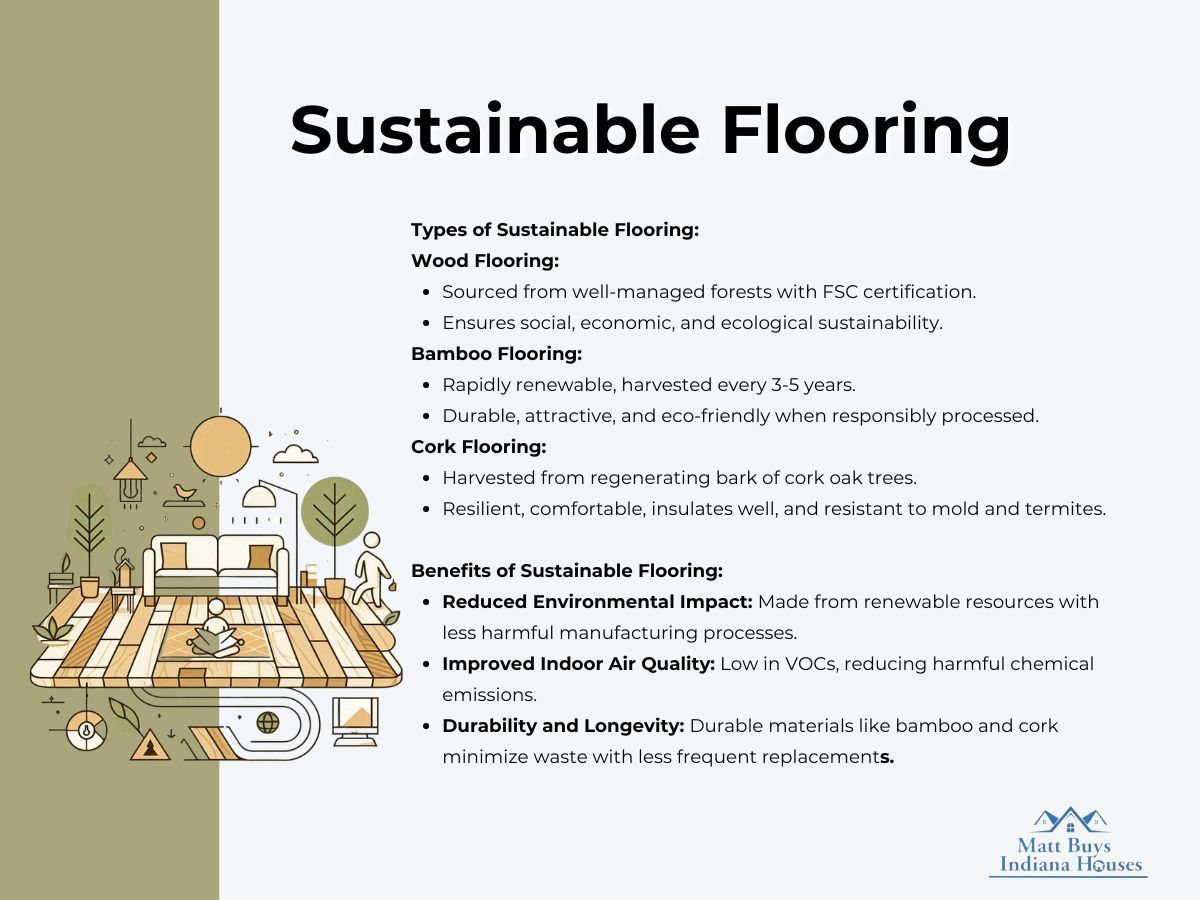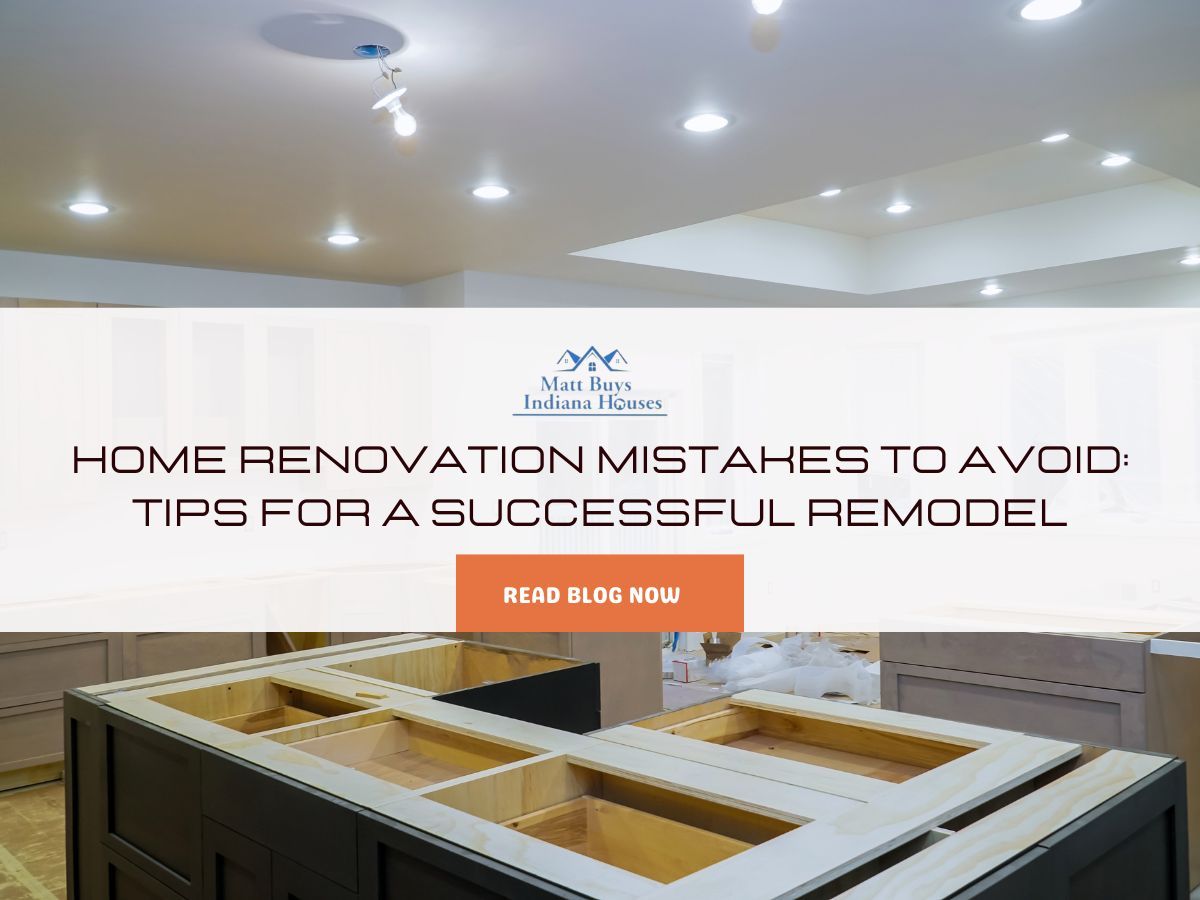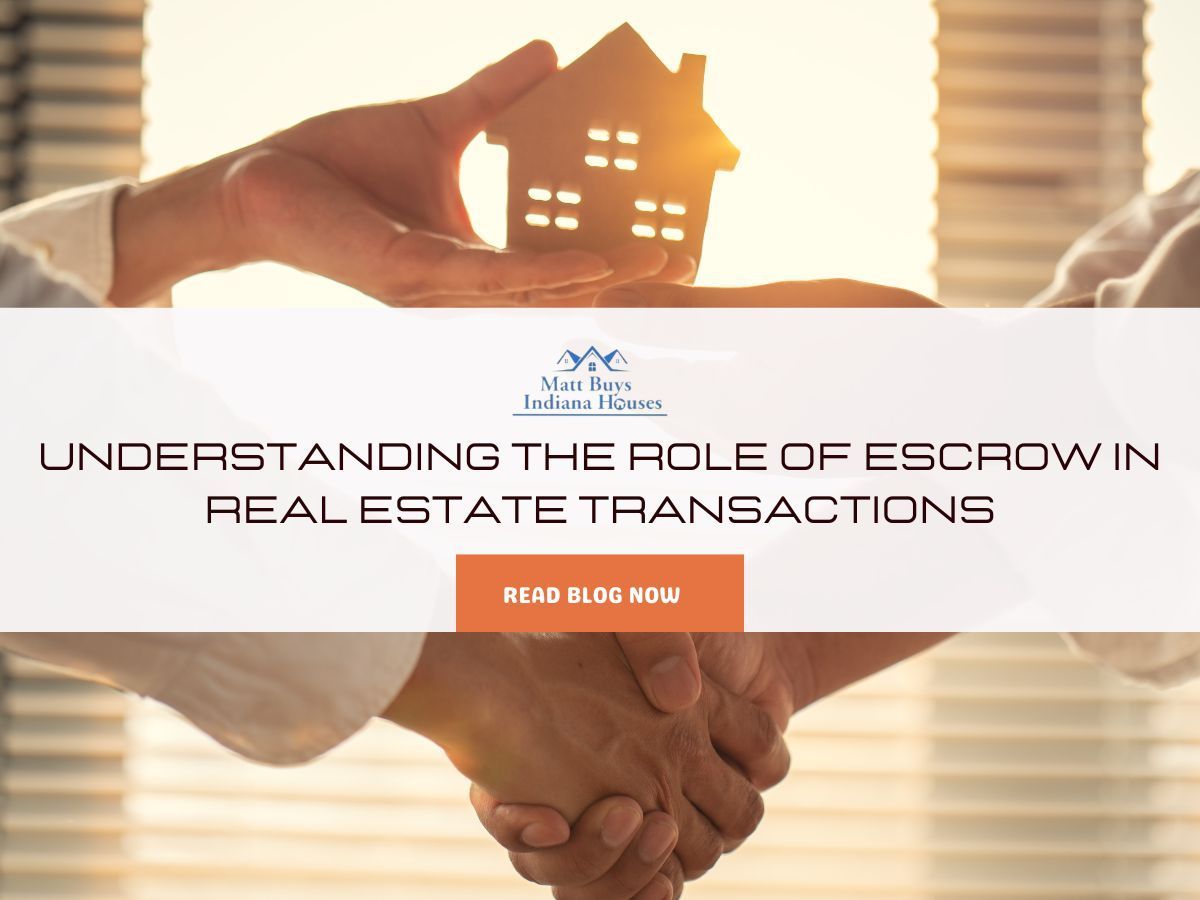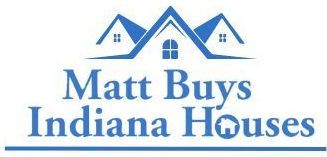Green Up Your Sale: Eco-Friendly Home Improvements That Add Value
July 24, 2024
In today's real estate market, eco-friendly home improvements are not just about saving the planet; they're also about adding value to your property. Buyers are increasingly looking for homes that offer energy efficiency, sustainability, and lower utility costs.
By incorporating green upgrades like energy-efficient windows, solar panels, smart thermostats, and sustainable flooring, you can enhance your home's appeal and market value. This guide explores various eco-friendly enhancements that not only reduce your environmental footprint but also boost your home's resale value, making it a wise investment for the future.
Energy-Efficient Windows
When it comes to home improvements that offer substantial benefits, energy-efficient windows are at the top of the list. These windows are designed to improve your home's energy efficiency, reducing heating and cooling costs while providing better insulation and soundproofing. Here’s a comprehensive look at the advantages and benefits of energy-efficient windows:
- Improved Energy Efficiency: Energy-efficient windows are specifically engineered to minimize the loss of heat during winter and keep the cool air in during summer. This leads to a significant reduction in the amount of energy required to heat or cool your home.
- Reduced Heating and Cooling Costs: By improving the insulation in your home, energy-efficient windows can lower your heating and cooling bills. Homeowners can save between $125 to $465 annually, depending on the region and the type of windows being replaced.
- Better Insulation and Soundproofing: Energy-efficient windows provide better insulation due to their multiple panes and gas fills, which reduce the transfer of heat. Additionally, these windows offer superior soundproofing, creating a quieter indoor environment by minimizing external noise.
Solar Panels
Investing in solar panels is a significant step toward sustainable living and long-term financial savings. Despite the high upfront costs, the return on investment (ROI) and ongoing energy savings make solar panels an attractive option for many homeowners.Let’s look at its financial and environmental benefits:
- Long-Term Energy Savings: While the initial cost of installing solar panels can be substantial, they provide long-term savings by generating free electricity from sunlight. Over time, the savings on energy bills can offset the initial investment, making solar panels a cost-effective solution.
- Residential Clean Energy Credit: Homeowners can take advantage of the 30% Residential Clean Energy Credit, which significantly reduces the net cost of solar panel installation. This tax credit is designed to encourage the adoption of renewable energy sources, making solar panels more affordable.
Assess roof quality before installing solar panels, it’s crucial to assess the quality of your roof. A qualified contractor can determine if your roof is suitable for solar panels and if any repairs or reinforcements are needed. This ensures that your roof can support the weight and structure of the solar panels for many years.
Smart Thermostats
Smart thermostats are an excellent way to automate your home's heating and cooling systems, resulting in significant energy savings. These devices offer convenience and efficiency, making them a popular choice for modern homeowners.Let’s look at the advantages of smart thermostats:
- Automatic Control for Energy Savings: Smart thermostats can automatically adjust the temperature based on your schedule and preferences. This intelligent control helps to reduce energy consumption by ensuring that your heating and cooling systems operate only when necessary. On average, smart thermostats can save homeowners nearly $200 per year on energy bills.
- Compatibility and Ease of Use: When selecting a smart thermostat, consider its compatibility with your HVAC system. Additionally, evaluate the device's price, connectivity options (such as Wi-Fi), and ease of use. Many smart thermostats offer user-friendly interfaces and can be controlled remotely via smartphone apps, providing added convenience.
Here are key features to look for:
- Energy Reports and Insights: Many smart thermostats provide detailed energy reports and insights, helping you understand your energy usage patterns. This information can be invaluable for identifying areas where you can further reduce energy consumption and costs.
- Integration with Smart Home Systems: If you have other smart home devices, choose a thermostat that integrates seamlessly with your existing system. This allows for coordinated control and enhanced functionality, such as adjusting the temperature based on your location or integrating with smart lighting.
Sustainable Flooring
Choosing sustainable flooring options is a critical step towards creating an eco-friendly home. Traditional flooring materials, such as carpet and vinyl, often involve environmentally damaging processes and materials. Sustainable alternatives like wood, bamboo, and cork offer significant benefits for both the environment and your home.

Types of Sustainable Flooring
- Wood Flooring: Wood flooring, particularly when sourced responsibly from well-managed forests, is a highly sustainable option. Look for certifications such as the Forest Stewardship Council (FSC) which, ensure that the wood comes from forests that are managed to meet the social, economic, and ecological needs of present and future generations.
- Bamboo Flooring: Bamboo is a rapidly renewable resource that can be harvested every three to five years, unlike hardwood trees which, take decades to mature. Bamboo flooring is durable, attractive, and available in various styles and finishes. It’s important to choose bamboo that has been harvested and processed using eco-friendly methods.
- Cork Flooring: Cork is another excellent sustainable flooring option, harvested from the bark of cork oak trees which, naturally regenerate. Cork flooring is resilient, comfortable underfoot, and has natural insulating properties. It’s also resistant to mold, mildew, and termites, making it a practical and eco-friendly choice.
Benefits of Sustainable Flooring
- Reduced Environmental Impact: Sustainable flooring options have a significantly lower environmental impact compared to traditional materials. They are often made from renewable resources and involve less harmful manufacturing processes.
- Improved Indoor Air Quality: Many sustainable flooring materials are low in volatile organic compounds (VOCs), which can improve indoor air quality. Traditional flooring materials can release harmful chemicals into the air, contributing to health problems.
- Durability and Longevity: Eco-friendly flooring options like bamboo and cork are known for their durability and longevity. Investing in high-quality, sustainable flooring can reduce the need for frequent replacements, thus minimizing waste.
Other Eco-Friendly Upgrades
In addition to sustainable flooring, there are various other eco-friendly upgrades you can make to your home to enhance energy efficiency and reduce your environmental footprint.
Insulation, Air Sealing, and Weatherproofing
Proper insulation, air sealing, and weatherproofing are essential for reducing energy leaks and maintaining a comfortable indoor environment. These upgrades help keep your home warm in the winter and cool in the summer, reducing the need for excessive heating and cooling.
- Insulation: Insulating your home’s walls, attic, and floors can significantly reduce heat loss in winter and heat gain in summer. Choose eco-friendly insulation materials such as cellulose, which is made from recycled paper, or wool, which is a natural, renewable resource.
- Air Sealing: Sealing gaps and cracks around windows, doors, and other openings prevents air leaks, improving your home’s energy efficiency. Weatherstripping and caulking are simple, cost-effective methods to seal air leaks.
- Weatherproofing: Weatherproofing your home involves protecting it from the elements, which can include installing storm windows and doors, applying protective coatings to exterior surfaces, and ensuring that your roof and gutters are in good condition.
Eco-Friendly Heating and Cooling Systems
Investing in eco-friendly heating and cooling systems can further reduce your home’s energy consumption and environmental impact. Heat pumps are an energy-efficient alternative to traditional heating and cooling systems. They work by transferring heat from the air or ground into your home during the winter and out of your home during the summer. Heat pumps can significantly lower your energy bills and reduce your carbon footprint.
Renewable Energy Options
Incorporating renewable energy sources into your home is another effective way to reduce your environmental impact.
- Solar Water Heaters: Solar water heaters use energy from the sun to heat water for your home, reducing your reliance on fossil fuels. They are an efficient and cost-effective way to harness renewable energy.
- Wind Turbines: If you live in an area with consistent wind, installing a small wind turbine can generate electricity for your home. Wind energy is a clean, renewable resource that can help reduce your dependence on grid electricity.
Green Roofs
Green roofs, which are covered with vegetation, offer numerous environmental benefits. They help regulate indoor temperatures, reduce stormwater runoff, and improve air quality. Green roofs also provide additional insulation, reducing the need for heating and cooling.
Financing Green Home Improvements
Financing green home improvements can be more affordable than you might think, thanks to various federal, state, and local incentives.
Federal Tax Credits and Rebates
The Inflation Reduction Act includes provisions for federal tax credits and rebates for energy-efficient home improvements. These incentives can help offset the cost of installing renewable energy systems, upgrading insulation, and making other eco-friendly improvements.
State and Local Incentives
In addition to federal incentives, many states and local governments offer rebates, tax credits, and grants for green home improvements. These programs can vary widely by location, so it’s important to research what’s available in your area.
Financing Options
If you need additional funds to cover the upfront costs of green home improvements, consider the following financing options:
- Personal Loans: Personal loans can provide the necessary funds for home improvements with flexible repayment terms. Shop around for competitive interest rates and terms that suit your financial situation.
- Home Equity Loans: Home equity loans allow you to borrow against the equity in your home. These loans typically offer lower interest rates compared to personal loans, making them an attractive option for financing large projects.
- Credit Cards: For smaller projects, using a credit card with a low-interest rate or promotional financing offer can be a convenient option. Be sure to pay off the balance promptly to avoid high-interest charges.
Conclusion
Eco-friendly home improvements are a win-win for homeowners and the environment. By investing in sustainable options such as energy-efficient windows, solar panels, smart thermostats, and renewable energy systems, you not only lower your energy bills but also increase your home's market value.
These green upgrades make your home more attractive to eco-conscious buyers and contribute to a healthier planet. Embracing sustainability in your home improvement projects is a smart, future-proof strategy that benefits your wallet, your home's value, and the environment. Make the green choice today for a more valuable tomorrow.











